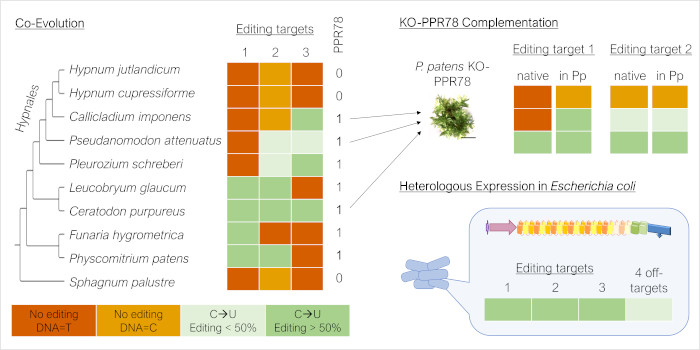
Co-evolution of the RNA editing factor PPR78 and its targets
The Plant Cell: In a NutshellLesch et al. reveal that the mitochondrial RNA editing factor PPR78 of Physcomitrium patens is conserved among mosses despite the loss of its two known C-to-U editing sites due to the additional editing target ccmFNeU1465RC.
https://doi.org/10.1093/plcell/koad292
By Elena Lesch, Volker Knoop…

In tune with power: Mitochondrial regulation of energy with TOR
Plant Science Research WeeklyAs seedlings grow, they continuously fine-tune the balance between plant growth and energy consumption for better plant fitness. Mitochondria are essential to generate energy. Here, Canal et al. generated single mutants for a gene involved in the mitochondrial respiratory chain – CYTOCHROME C-1 (CYTC-1),…

Turnover of Complex I is regulated by FTSH3 that recognises the PSST subunit
The Plant Cell: In a NutshellGhifari et al. explore the mechanisms of Complex I disassembly and turnover.
https://doi.org/10.1093/plcell/koad128
Abi S. Ghifari and Monika W Murcha
School of Molecular Sciences, The University of Western Australia
Background: Oxidative phosphorylation (OXPHOS) is the central process of…

Intracellular neighborhood watch - mitochondria help the endoplasmic reticulum to cope with reductive stress
The Plant Cell: In a NutshellFuchs et al. report that reductive stress triggers retrograde signaling to safeguard the endoplasmic reticulum by boosting mitochondrial respiratory capacity. Plant Cell https://doi.org/10.1093/plcell/koac017
By Philippe Fuchs, Markus Schwarzländer
Background: A strict division into specialized…
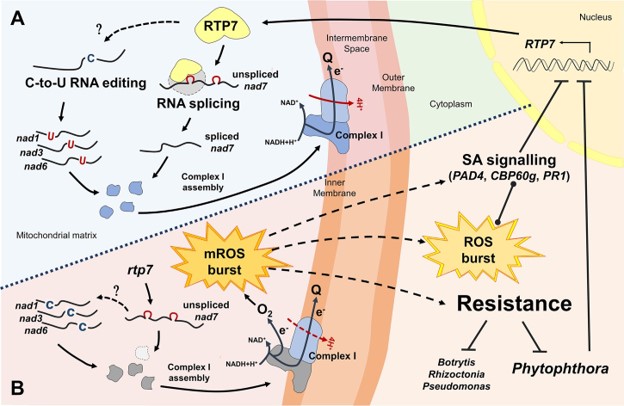
A mitochondrial RNA processing protein mediates plant immunity to a broad spectrum of pathogens by modulating the mitochondrial oxidative burst (Plant Cell)
Plant Science Research WeeklyPhytophthora are a group of oomycete pathogens that infect a wide range of plants and cause disease in many important crop species. Large scale mutant screens have previously been used to identify Arabidopsis thaliana mutants with enhanced resistance to P. parasitica. Here, Yang and colleagues investigate…
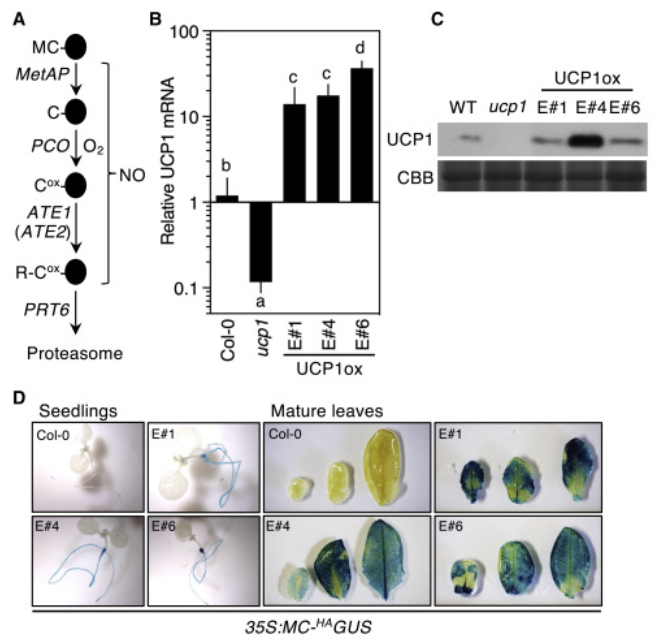
Mitochondrial retrograde signaling through UCP1-mediated inhibition of the plant oxygen-sensing pathway (Curr Biol)
Plant Science Research WeeklyPlants have a plethora of oxygen requiring enzymes that are essential for survival. Mitochondria require oxygen to create ATP, yet during hypoxia they can alter gene expression in the nucleus through retrograde signaling, which may promote stress tolerance. Barreto et al. recently delineated a novel…
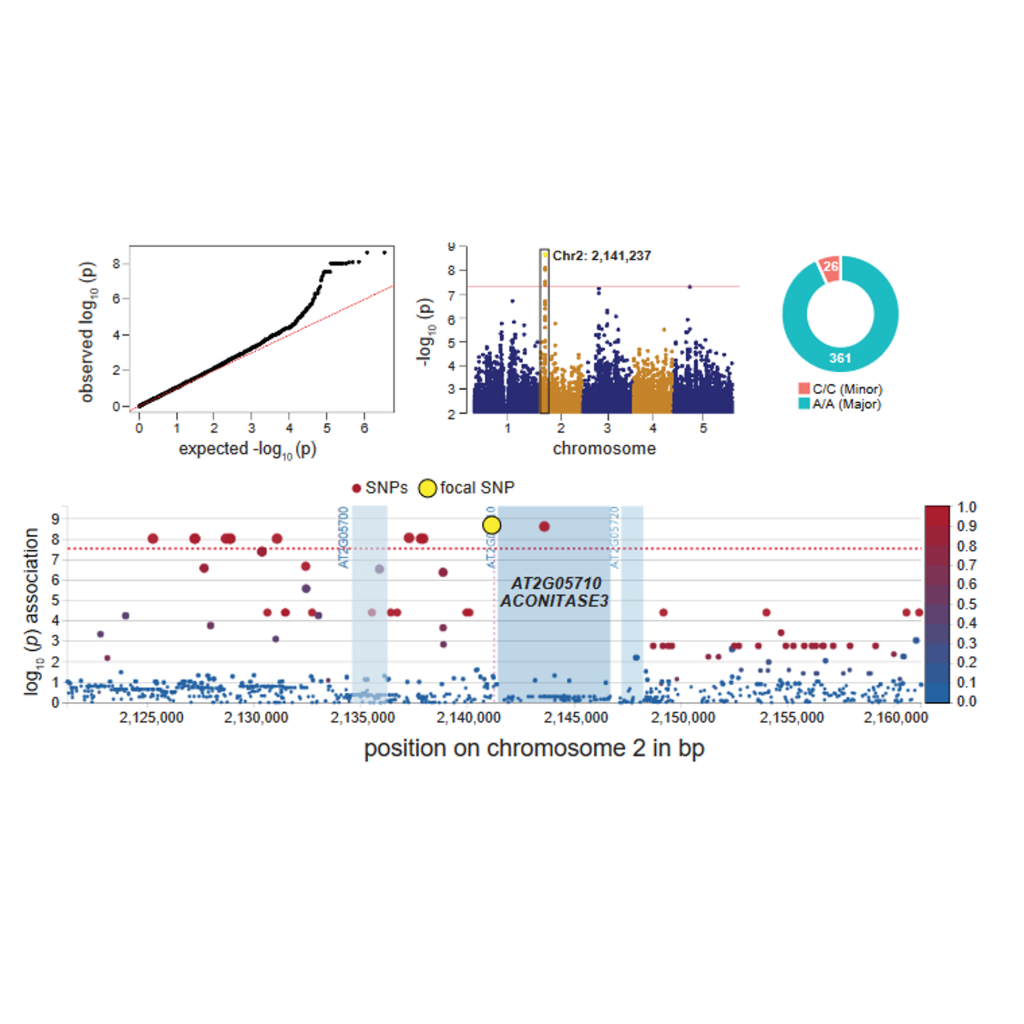
GWAS on multiple traits identifies mitochondrial ACONITASE3 as important for acclimation to submergence stress (Plant Physiol.)
Plant Science Research WeeklyClimate change is affecting the frequency and intensity of extreme climatic events such as floods, reducing crop production severely. Submergence might lead to a lack of O2, light, and carbon dioxide, having an impact on the carbohydrate content and ATP synthesis. In this work, Xiangxiang et al. characterise…
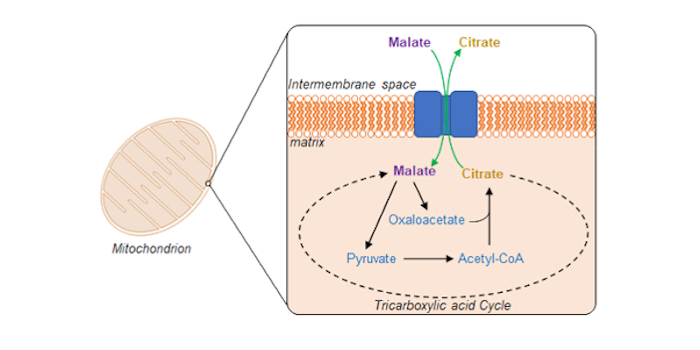
Swapping citrate for malate by plant mitochondria
The Plant Cell: In a NutshellLee et al. unravel a mitochondrial transporter responsible for selectively exporting citrate in exchange for malate. Plant Cell (2021)
By Chun Pong Leea, Marlene Elsässerb, Philippe Fuchsb,c, Ricarda Fenskea, Markus Schwarzländerb, A. Harvey Millara
aARC Centre of Excellence in Plant Energy Biology,…
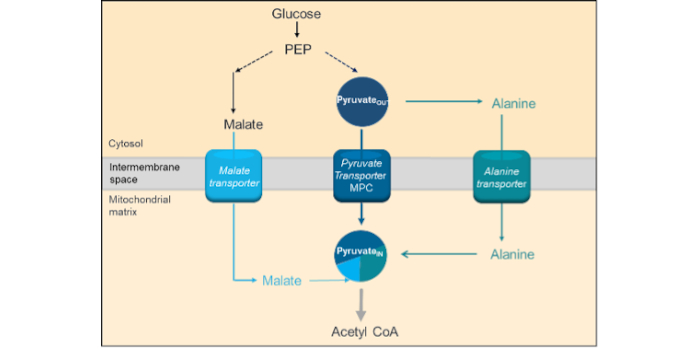
What plant mitochondria eat: The route of pyruvate to respiration in Arabidopsis
The Plant Cell: In a NutshellLe et al. demonstrate that mitochondria get pyruvate three different ways.
Plant Cell
By X.H. Le, C.P. Lee and A.H. Millar
The University of Western Australia
Perth, Australia
Background: Plants photosynthesise and make starch in the day so that at night they can extract energy from…

